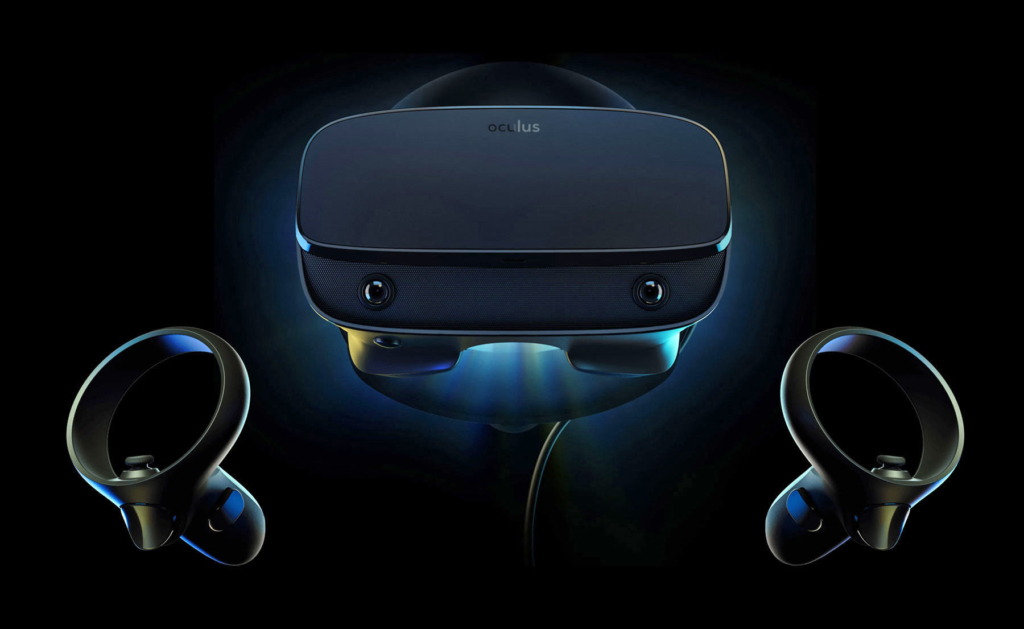Last weekend at the Oculus Connect 6 event, we learned that Oculus is providing the software to make your Oculus Quest a Rift S. This came as a surprise to many, as Oculus kept this under wraps pretty well. Although we have yet to try Oculus Link with our Quest on the our PC, we are sure Oculus did this one right. Oculus says that it will require a USB-C cable to connect the headset and the PC, but Carmack claims that this will be temporary as they are searching for wireless alternatives.
During Carmacks keynote, he went into depth about how this new technology works and how it is going to be used with the newest Oculus Quest. It has a remote rendering solution, which means that regardless of the way it is connected to the PC, it simply needs to consistent with the bandwidth, latency, and image consistency. All of this can and will be possible through a non-wired solution, but Oculus is set on getting this out to the customers as it is right now. I don’t think many people are complaining about it being a tethered experience right now, as it is the same as the Rift S.

The tethered VR experience is a by-product of a cable that can consistently give you good bandwidth and latency. With that being said, Carmack knows how well this could work with a different solution.
“Clearly we’d like this to work on Wi-Fi eventually,” Carmack said, as he went on to dive into the ways Oculus was going to be fixing Link for wireless. One of the things he touched on (and we have been waiting for a fix) is the latency the Quest has on the controllers already. You cant get through half of a game of Bear Saber without noticing how lagged the controllers feel. It often feels like you have to swing well before the cubes come to effectively get a good hit. This happens many other games, and Carmack knows that.
He says that this isn’t a real software issue, as many have been heckling about. He says the problem is rooted in the underlying hardware that was used for the company’s first standalone gaming headset. He says that if they are able to get some better hardware inside and out of the headset, the company would be enabled to build alternate video architectures that would give the remote rendering higher quality and better latency values. Clearly this is something that Carmack and the company have been looking forward to for some time, and now that Link is released, they are looking to improve upon it and be even further ahead of the competition.
While this WiFi solution seems very possible in the near future, Carmack isn’t too confident in cloud rendering. That is when the Quest would be available to connect the internet towers and play PC virtual content. This would be a massive step forward, but it doesn’t seem like it would provide the connectivity and consistency that anyone would be looking for in a headset on a PC scale.
Oculus Link is already working great, and it will be available for the masses very shortly. This is going to effectively turn your Quest into a Rift S and give it the powers to play amazing PC-exclusive games and content. The Quest is proving its versatility early on, and with hand tracking coming early next year, this headset will only become more valuable.